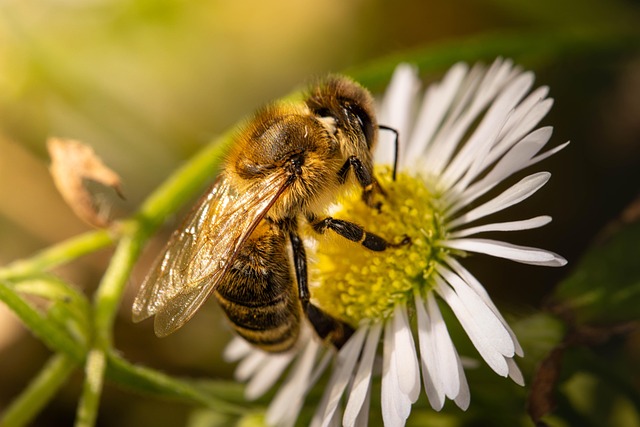As a parent, I often find myself struggling with the execution of ideas that seem brilliant in theory. One such idea was teaching my children the anatomically correct names for their body parts. However, my four-year-old son has opted to call his penis a “pee-pee,” and my two-year-old daughter has chosen the same cutesy term for her vagina.
I admit that I’m rather impressionable when it comes to parenting advice. If another parent mentions a specific guideline, like limiting juice intake to four ounces a day as recommended by the American Academy of Pediatrics, I panic and think, “Oh no, I’m not doing that!” My child asks for a juice box, I remind him of the limit, and then I feel like the world’s worst parent when I relent and give in. So, my son might actually consume eight or even ten ounces of juice daily. That’s just how it goes.
I recall reading a compelling article about a mother who insisted on using anatomical terms with her kids. I thought she was brilliant and mentally noted to adopt the same approach. I read another article claiming that using euphemisms could instill shame in children regarding their bodies. I was all in—after all, I aim to be a body-positive advocate for my children.
Dr. Smith supports this notion: “Using accurate terms is crucial. It establishes you as a dependable source of information, especially on sensitive topics. This foundation will be valuable when it comes time for those complex conversations about sexuality during their teenage years.” So, am I jeopardizing my future relationship with my son by calling his penis a “pee-pee”?
As time went on, I attempted to rectify this by telling my son, “Your ‘pee-pee’ is really called a ‘penis.’ Okay?” Days passed, and I realized I had missed the opportunity to make this transition stick. During my impromptu quizzes, I would ask him, “What’s that called?” The blank stare and confused expression I received made it clear that he was thinking, “What on Earth, Mom?”
I came to understand that we simply don’t discuss penises often enough for this to be a pressing issue. I recognize the legitimate concerns parents have about ensuring their children can accurately label their body parts, especially concerning safety and reporting any inappropriate behavior. I have had multiple conversations stressing that he is the only one allowed to touch his penis and encouraged him to inform me if anyone ever makes him uncomfortable. He responded, “Yes, Mommy, I know. No one is allowed to touch my pee-pee but me.”
So, we may not use anatomically correct terminology at home, but does it really matter? In a world where a bottle is a “ba-ba,” a pacifier is a “binky,” and Grandma is “Ya-Ya,” maybe it’s not such a big deal after all. This might be just another parenting misstep on my part, but I’m comfortable with “penis” being part of our playful vocabulary.
In case you’re interested in further exploring topics related to family planning, check out our other posts like this one on couples’ fertility journeys or visit Cryobaby for at-home insemination kits. Additionally, for comprehensive information on insemination methods, you can refer to this excellent resource on intrauterine insemination.
In summary, while I may not be using the precise anatomical terms at home, I’m navigating parenting with love and understanding. My priority is to create an environment where my children feel safe discussing their bodies, regardless of the names we use.
Keyphrase: teaching children anatomical terms
Tags: [“home insemination kit”, “home insemination syringe”, “self insemination”]
